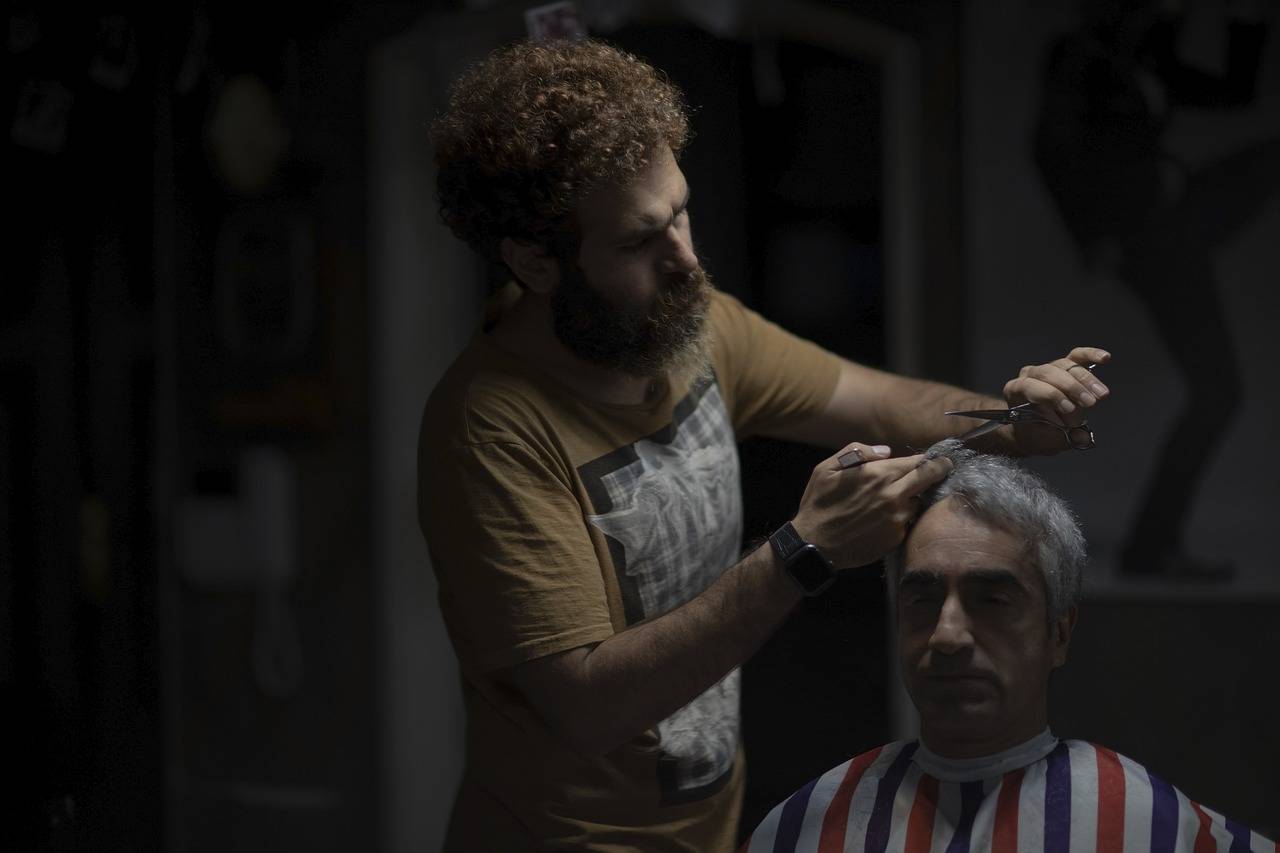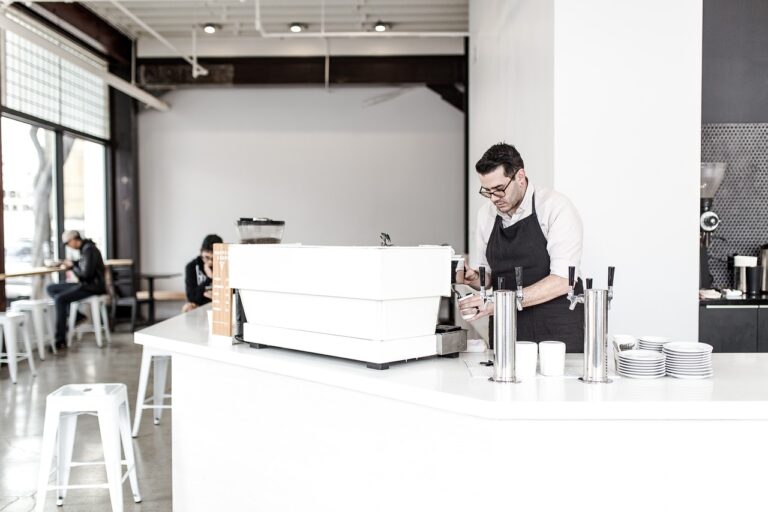How Virtual Reality is Changing the Retail Landscape
Virtual Reality (VR) technology has revolutionized the retail industry by offering customers a unique and immersive shopping experience. Through VR headsets, shoppers can virtually explore products and even try them on without leaving their homes. This not only enhances convenience for customers but also provides retailers with a competitive edge by creating a more engaging and interactive shopping environment.
Moreover, VR in retail has proven to increase sales and customer satisfaction. By incorporating VR technology into their stores or websites, retailers can attract more customers and boost their overall brand image. With the ability to personalize the shopping experience through virtual showrooms and interactive product demonstrations, VR has undoubtedly become a game-changer in the retail landscape, opening up new possibilities for both consumers and businesses.
Enhancing Customer Engagement
Retailers are constantly seeking innovative ways to capture customers’ attention and enhance their overall shopping experience. Virtual reality (VR) technology has emerged as a game-changer in the retail industry, offering a unique and immersive platform for engaging customers like never before. By leveraging VR, retailers can create interactive and personalized shopping experiences that not only attract customers but also keep them coming back for more.
One of the key benefits of using VR in retail is its ability to transport customers to a virtual environment where they can engage with products in a more interactive and realistic way. This enhanced level of engagement allows customers to experience products firsthand, visualize how they would look or fit in real life, and make more informed purchasing decisions. As a result, retailers can build a stronger connection with their customers, increase brand loyalty, and ultimately drive sales through enhanced customer engagement strategies leveraging VR technology.
What is virtual reality in retail?
Virtual reality in retail is the use of technology to create immersive and interactive shopping experiences for customers.
How can virtual reality enhance customer engagement?
Virtual reality can enhance customer engagement by allowing customers to interact with products in a lifelike way, leading to increased interest and ultimately more sales.
What are some examples of virtual reality in retail?
Some examples of virtual reality in retail include virtual fitting rooms, interactive product displays, and virtual tours of stores.
How can retailers implement virtual reality in their stores?
Retailers can implement virtual reality in their stores by investing in VR technology, creating VR experiences for customers to try, and training staff to assist customers in using VR.
What are the benefits of using virtual reality in retail?
The benefits of using virtual reality in retail include increased customer engagement, higher sales conversion rates, and a competitive edge in the market.






